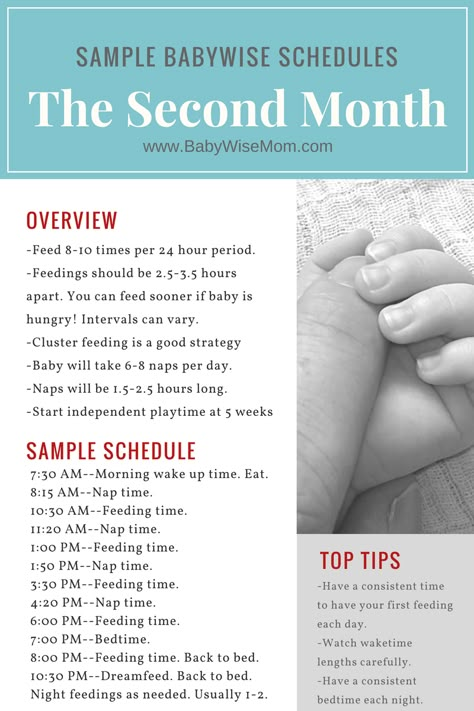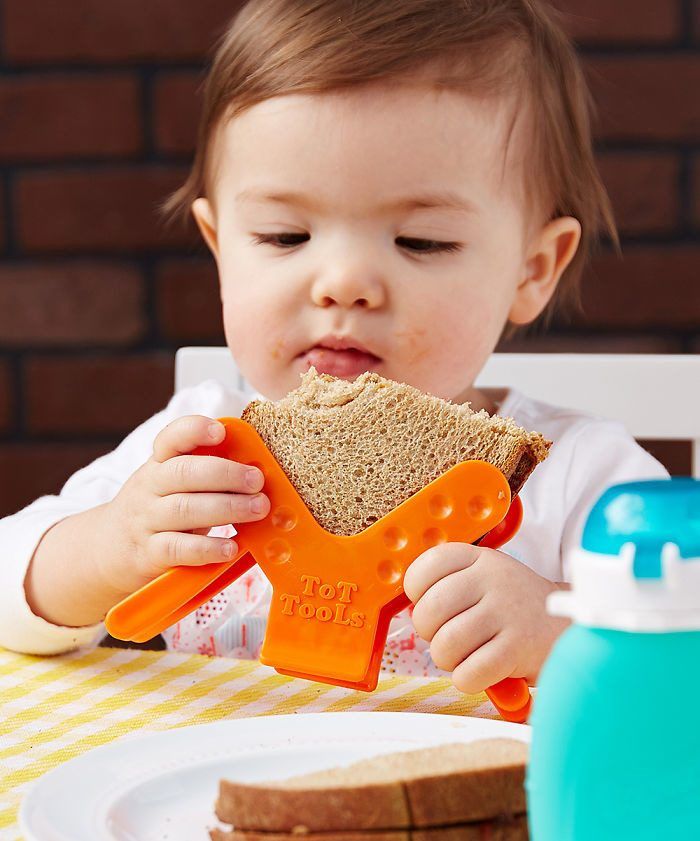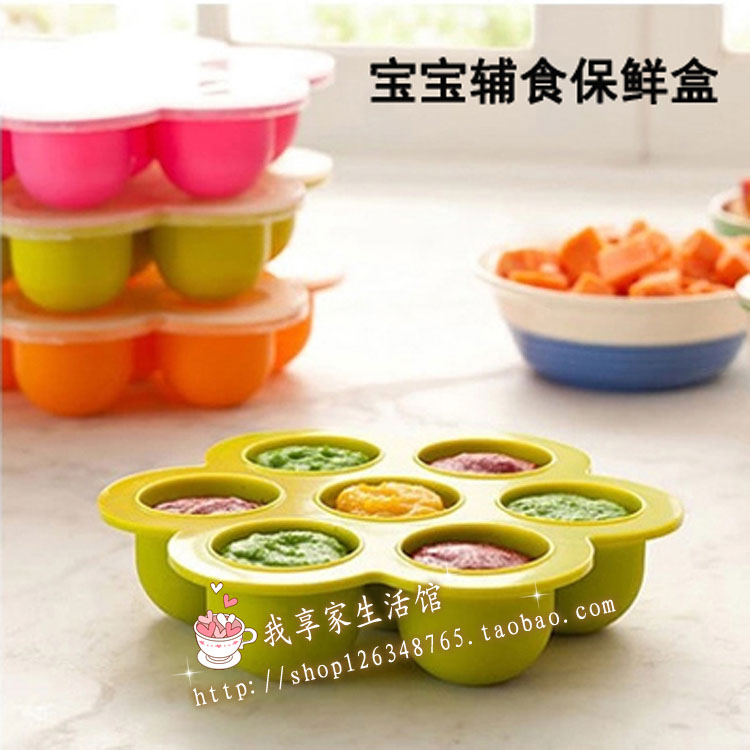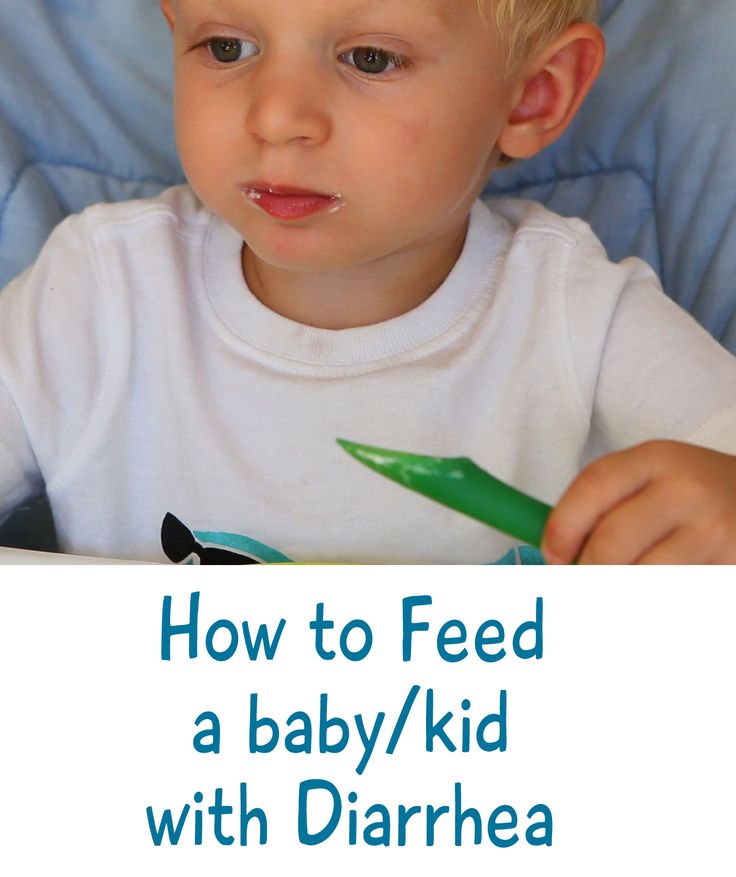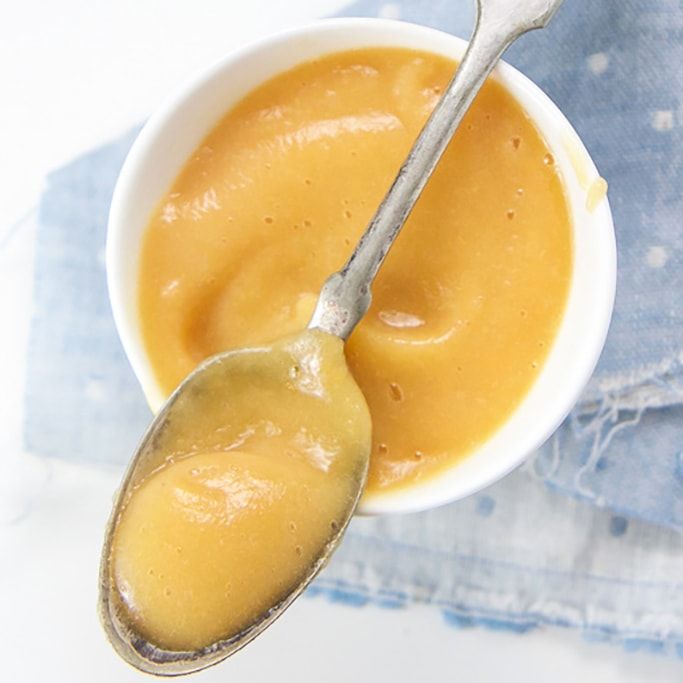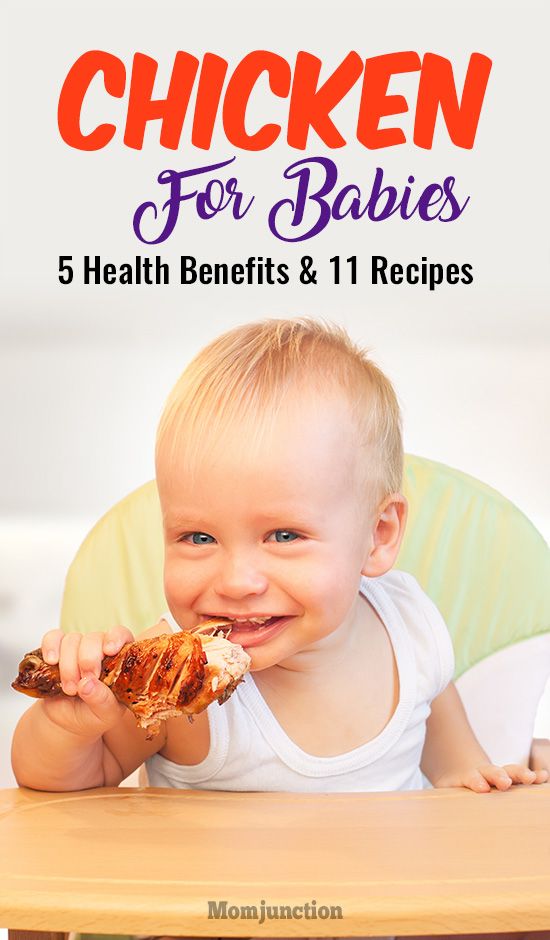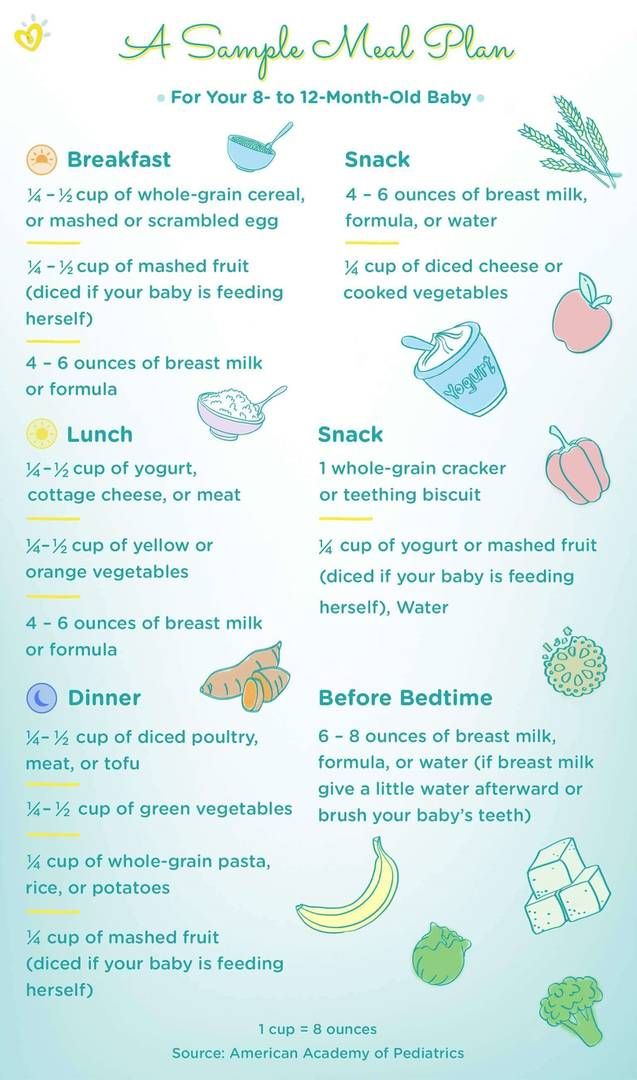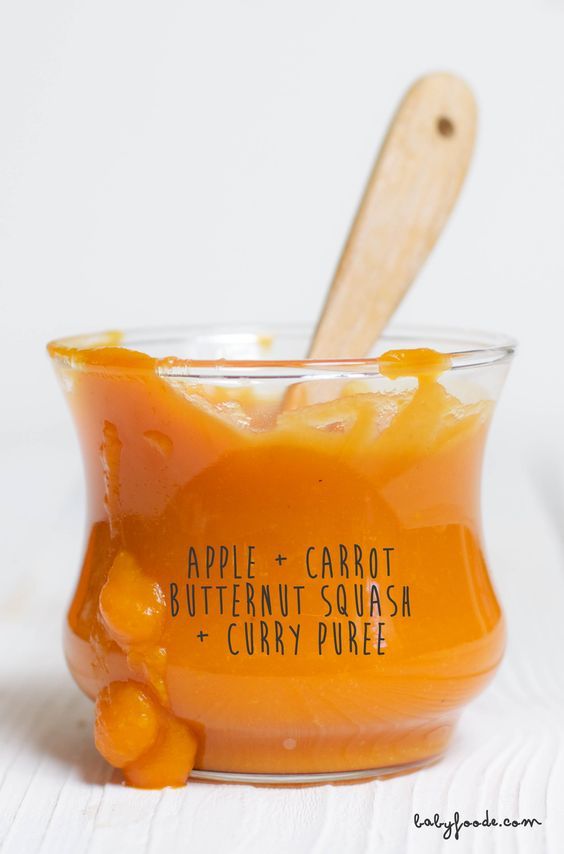Milk free foods for babies
Meal Plans & Recipe Ideas for Your Dairy-Free Baby or Tot
Some babies and toddlers are not able to tolerate dairy, whether from a lactose intolerance or a cow’s milk protein allergy.1 Knowing what foods and beverages to feed your little one while avoiding dairy can help make sure they are getting the nutrients needed for growth and development.
When do babies need to avoid dairy?Breastfed Baby
If your breastfed baby has been diagnosed with a cow’s milk protein allergy or lactose intolerance, you can likely continue to breastfeed as long as you eliminate sources of dairy from your own diet.2,3 Continue to work with your or your child’s health care provider as you eliminate sources of dairy.
Be sure to always read all foods labels to see if there are any dairy ingredients in the product you purchase.
Read more:
Meal Plan & Tips to Eat Dairy Free while Breastfeeding
Is Your Baby Reacting to Something in your Milk?
Formula Fed Baby
If your formula fed baby has been diagnosed with a cow’s milk protein allergy or sensitivity to lactose, you will likely need to choose either a low lactose or lactose-free formula, or a formula that does not contain intact cow’s milk protein.4
Always speak with your child’s health care provider before switching formulas.
Read more:
Does Your Baby Need a Sensitive Formula?
Does my Baby Need a Hypoallergenic Formula?
Once your baby begins to eat solids, look at labels carefully to avoid dairy ingredients. Read on for information, tips, and meal ideas.
For more information on lactose intolerance versus a cow’s milk protein allergy, check out this article:
Does my Baby or Toddler have a Milk Allergy or a Lactose Intolerance?
Making sure your child gets the right nutrition while eliminating dairyDairy foods provide several important nutrients, including protein, calcium, and vitamin D (which is often fortified, or added to, dairy products).![]() 5 When eliminating dairy, it is necessary to incorporate other food sources (in the texture your baby is ready for) that are rich in these particular nutrients.6
5 When eliminating dairy, it is necessary to incorporate other food sources (in the texture your baby is ready for) that are rich in these particular nutrients.6
Food sources of calcium: Fortified plant-based milk alternatives, fortified orange juice, canned sardines and salmon with bones, fortified dairy alternatives such as a non-dairy yogurt, tofu, soybeans, spinach, kale.8
Read more: Why Does Calcium Matter for Babies, Tots, and Mama
Food sources of vitamin D: Salmon, fortified plant-based milk alternatives, fortified cereals, eggs, canned light tuna, portabella mushrooms, and sunlight.9
Read more: Why Does Vitamin D Matter for Babies, Tots, and Mama
Food sources of protein: Fish, poultry, meat, beans, legumes, peas, nuts, seeds, tofu, eggs, whole grains.
Read more: Protein: Getting Enough and the Best Sources
Offer a wide variety of dairy-free foods to your childIt’s important to know that there are plenty of other foods that do not contain dairy.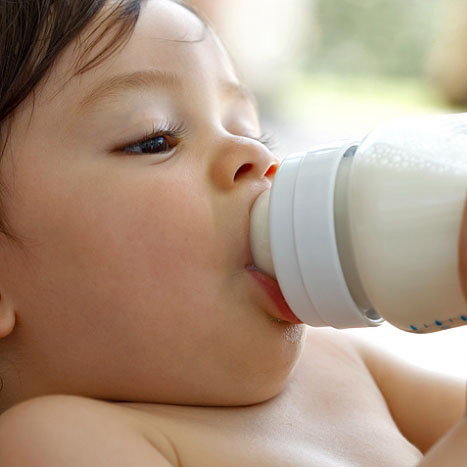 Offer these foods often as long as your child is not allergic to them. All whole fruits, vegetables, whole grains, legumes, beans, nuts, seeds, poultry, fish, and eggs are dairy free. Be sure to feed your child a wide variety of these foods to help meet their nutrient needs.
Offer these foods often as long as your child is not allergic to them. All whole fruits, vegetables, whole grains, legumes, beans, nuts, seeds, poultry, fish, and eggs are dairy free. Be sure to feed your child a wide variety of these foods to help meet their nutrient needs.
Non-dairy alternatives can be used for a child with a lactose intolerance or allergy, such as plant-based milk alternatives and plant-based yogurt alternatives. But it’s important to note that not all of these products have the same nutrients as their dairy equivalent.1
If you do choose a plant-based milk alternative, such as almondmilk or oatmilk, be sure the product is fortified with calcium and vitamin D.
Note that plant-based yogurt alternatives often have more added sugar and less protein than regular yogurt. Read nutrition fact labels and ingredient lists to ensure you’re providing your little one with foods that best meet their nutritional needs.
*While a plant-based milk alternative can be used in small amounts in baked or cooked foods, or plant-based yogurt alternative can be provided as a snack or part of a meal, babies under the age of 12 months should not be given cow’s milk nor a plant-based milk alternative to drink by the cup-full.11
These drinks do not contain all the nutrition your baby needs, and adding them in by the cup may take up valuable space in your baby’s tummy – edging out more nutritious foods, formula, and/or breastmilk.
Read more: What Type of Milk Should My Toddler Drink?
Reach out to your child’s healthcare providerIf you suspect that your child has lactose intolerance or a cow’s milk protein allergy, call their healthcare provider immediately for further support.
Wondering what might be the best choice for your baby or tot? Reach out to our team of registered dietitians and lactation consultants for free! They’re here to help on our free to live chat from Monday – Friday 8am - 6pm (EST). Chat Now!
Chat Now!
Pro Tip:
Some babies and toddlers will react to dairy ingredients that are “hidden” and not so obvious.10
Hidden dairy may be found in foods like breads, cereals, crackers, pancakes, waffles, soups, sauces, toppings, dressings, and deli meats. It’s important to read labels and avoid any foods that list “contains milk or milk ingredient.”10
The below meal plan, snack, and recipe ideas will help you choose the right foods for your baby when progressing from mostly single purees to more advanced textures and finger foods, while also excluding dairy.
Be sure to check all labels for both obvious and hidden sources of dairy.
Breakfast
Option 1: Scrambled eggs, clementine
Option 2: Dairy free yogurt such as soy, coconut, or almond, with sliced berries
Option 3: Strawberry Quinoa Cereal for Baby
Option 4: Whole grain French toast fingers with nut butter* and 100% fruit spread
Option 5: Banana pancakes (combine 1 ripe banana, 1 egg and 2 tbsp.
 whole wheat flour. Cook 3 minutes on each side over medium heat)
whole wheat flour. Cook 3 minutes on each side over medium heat)
Lunch
Option 1: Whole grain tortilla strips with mashed avocado dip
Option 2: Tuna sandwich cut into quarters, side of sliced peaches
Option 3: Chickpeas with soft cooked carrots
Option 4: Cubed and roasted butternut squash, with turkey slivers
Option 5: Mini Sweet Potato Chicken Meatballs with Cauliflower Rice and Steamed Broccoli
Dinner
Option 1: Black beans with soft cooked peppers
Option 2: Whole grain pasta with ground turkey, marinara, and roasted veggies
Option 3: Baked fish fingers with cubed and roasted sweet potato
Option 4: Mild Curry Chicken & Veggies with Brown Rice
Option 5: Lean hamburger cut into pieces with baked zucchini fries
Snacks:
Option 1: Soft cooked veggies with hummus
Option 2: Warm Peach Chunks with Nutmeg
Option 3: Hard-boiled egg, diced
Option 4: Fruited dairy free yogurt such as coconut, soy, or almond
Option 5: Applesauce mixed with small amount of nut* or seed butter
*Speak with your baby’s pediatrician before introducing allergenic foods
Let's Chat!We know parenting often means sleepless nights, stressful days, and countless questions and confusion, and we want to support you in your feeding journey and beyond.
Our Happy Baby Experts are a team of lactation consultants and registered dietitians certified in infant and maternal nutrition – and they’re all moms, too, which means they’ve been there and seen that. They’re here to help on our free, live chat platform Monday - Friday 8am - 6pm (Et).Chat Now!
Read more about the experts that help write our content!
For more on this topic, check out the following articles:Does my Child Have a Food Allergy or a Food Intolerance?
Guidance When Raising a Child with Food Allergies
Introducing Major Food Allergens to your Infant
Our meal plans offer recipe and meal suggestions for your child. They are not designed to replace your doctor’s recommendations, nor do they take into account special nutritional needs, including allergies and intolerances, other than lactose intolerance and a cow’s milk protein allergy. The meal plans suggest serving sizes that may or may not be appropriate for your child. Please consult your doctor to determine what is best for your child.
Please consult your doctor to determine what is best for your child.
Sources
Lactose intolerant babies and toddlers
Read time: 8 minutes
What to know about the difference between a cow’s milk protein allergy and lactose intolerance in babies and toddlers:
What is lactose intolerance and how can it be managed in babies and toddlers?
Learn the difference between lactose intolerance and lactose overload in babies
Understand what a cow’s milk protein allergy is and how to help your baby or toddler eat while avoiding dairy.
Some babies can’t tolerate dairy, whether through the mother’s diet in breast milk, in formula, or once they’ve started solids. But how do you know if it’s lactose intolerance, a dairy allergy, or something else entirely?
Read on to learn how to figure out if your little one may be intolerant to lactose, or if their symptoms may indicate a milk protein allergy.
What is a lactose intolerance?Lactose itself is the sugar naturally found in dairy products. 1 People with lactose intolerance do not have enough of the enzyme lactase, which helps the body break down and digest this milk sugar. Without lactase, bacteria break down the excess lactose, creating more fluid and gas, which is where the symptoms of lactose intolerance come from.2
1 People with lactose intolerance do not have enough of the enzyme lactase, which helps the body break down and digest this milk sugar. Without lactase, bacteria break down the excess lactose, creating more fluid and gas, which is where the symptoms of lactose intolerance come from.2
Symptoms of lactose intolerance include:
Gas
Bloating, cramping, abdominal pain
Diarrhea
Nausea or even vomiting1,2
Symptoms usually show up between 30 minutes and 2 hours after having dairy.6
What causes lactose intolerance?A lack of the digestive enzyme lactase is sometimes genetic.2 Other times lactose intolerance may occur as a result of infections in the intestines or other illnesses such as Crohn’s disease, Celiac disease, or Irritable Bowel Syndrome; or as a temporary symptom of a virus your child may have. 3,4
3,4
One of the most common causes of lactose intolerance, however, is the slow natural decline of lactase that happens over time.5 This may start to occur after the age of 5 years.
Premature babies born before 34 weeks may also experience temporary lactase deficiency.5 Though this normally improves fairly quickly.4
Babies born at full term usually have plenty of lactose since it is a primary component of breastmilk (just like all mammalian milks).5,7 For this reason, lactose intolerance is generally not common in babies, but may start showing up in toddlers sometime after the age of three years.1
Read more: Is Your Baby Reacting to Something in Your Breastmilk?
Diagnosis of lactose intoleranceIf you suspect your little one has lactose intolerance, call their health care provider. Sometimes just a medical and diet history can help their doctor figure out if your baby is not able to digest lactose well.4 Other times, more tests may be needed.
Sometimes just a medical and diet history can help their doctor figure out if your baby is not able to digest lactose well.4 Other times, more tests may be needed.
Tests that may help identify lactose intolerance:
Hydrogen breath test. If your toddler is not able to digest lactose, there will be more hydrogen in their breath than usual.
Stool acidity. Taking a stool sample may help the doctor see if your little one is not digesting lactose. The stool will be more acidic.4
If your baby or toddler is diagnosed with lactose intolerance, the best treatment is avoiding or limiting dairy products and choosing lactose free products when they are available.2
While lactose intolerance is very rare in babies, should you feel your little one has a problem with lactose there is no need to stop breastfeeding. Simply minimize dairy in your diet and continue to breastfeed. However, keep in mind that your baby’s symptoms might actually be ‘lactose overload’ or cow’s milk protein intolerance. Keep reading to learn more about these alternate diagnoses.
Simply minimize dairy in your diet and continue to breastfeed. However, keep in mind that your baby’s symptoms might actually be ‘lactose overload’ or cow’s milk protein intolerance. Keep reading to learn more about these alternate diagnoses.
For a baby on formula, you may consider a low lactose (‘sensitive’) formula to see if that is helpful. The pediatrician can help guide this decision.
The good news is that most people who are lactose intolerant can in fact continue to drink or eat a certain amount of dairy without it causing symptoms.2 Some people may be able to have one serving of dairy, while others may tolerate a little more or less. Try different amounts to see if your toddler can still have a bit of dairy in their diet.
There are also dairy products that naturally have less lactose in them or are manufactured to be lactose-free which your toddler may be able to tolerate, including yogurt, cow’s milk, as well as hard cheeses such as cheddar or swiss.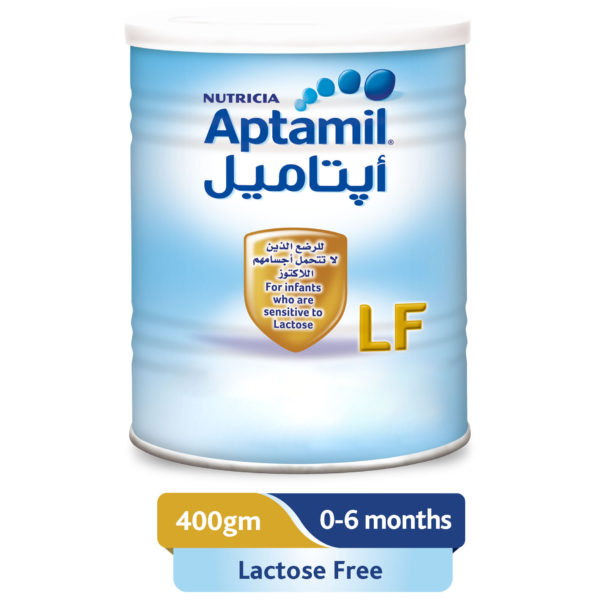 And of course, always be sure to provide your baby or toddler with foods in a texture they are developmentally ready to eat!
And of course, always be sure to provide your baby or toddler with foods in a texture they are developmentally ready to eat!
Read about: What Type of Milk Should my Toddler Drink?
What is lactose overload?Some women overproduce breastmilk, causing their little ones to take in a high volume of milk before they’re able to get a decent amount of the fat from the feed.8 This may cause something called ‘lactose overload’, or too much lactose for baby’s little tummy to digest at one time.8
Many times, lactose overload is mistaken for lactose intolerance, but with some changes in breastfeeding this issue can be managed and resolved.8,9
Symptoms of lactose overload include frothy or explosive stools that are a bit smelly and more than 10 urine diapers per day.8,9 A baby with lactose overload may have good or even higher-than-average weight gain.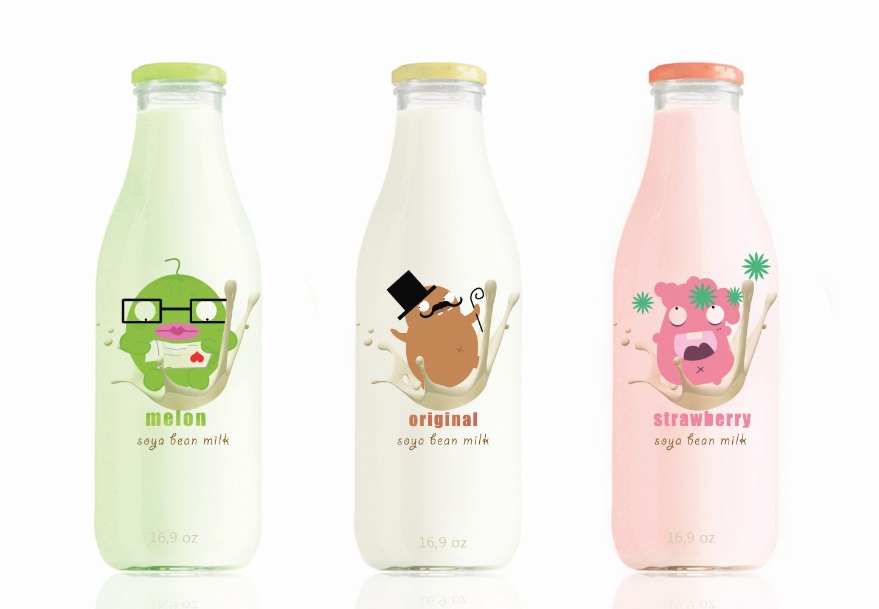 9
9
Interestingly, a baby who is suffering from lactose overload may always seem hungry, even though they are gaining enough weight.9 This is because when baby is not getting enough fat, they are not registering the fullness and satisfaction that fat triggers in the brain.8
Management of lactose overloadThe most important thing is to first figure out if oversupply is the main culprit. The help of a lactation consultant will be important to get to the bottom of lactose overload.
If oversupply is the issue, the lactation consultant may recommend block feeding for a few days.8,9 This will help baby more fully empty a breast and get higher-fat feeds. Once symptoms are relieved, it’s time to go back to regular breastfeeding.9
For some mothers, the issue is not oversupply but rather feeding on a schedule or not feeding often enough. 8,9 All of these may allow the breasts to fill up too much and provide baby with too much lactose and not enough fat.
8,9 All of these may allow the breasts to fill up too much and provide baby with too much lactose and not enough fat.
Be sure to feed your little one on demand, or when baby asks to feed.11 This is normally anywhere between 8 and 12 times per 24 hours depending on baby’s age.10
Read more:
What is Breastmilk Oversupply and How to Manage it
Should I Breastfeeding On Demand or on a Schedule
What is a cow’s milk protein allergy?While lactose intolerance is rare in babies, some little ones believed to have lactose intolerance may actually have an allergy or intolerance to the cow’s milk proteins whey and casein.
A cow’s milk protein allergy (CMPA or CMA) or intolerance (CMPI) happens when the body has an overreactive immune response to the protein, triggering an allergic reaction.12 CMA is one of the most common allergies in young children, affecting about 1 to 3% of babies and toddlers. 13,14
13,14
Fortunately, most children will eventually outgrow this as they get older and their digestive and immune systems mature.16
Symptoms of a cow’s milk protein allergyReactions usually happen within 1 to 2 hours after being exposed to cow’s milk protein, whether from breastmilk, formula, or from eating it in a meal.13 Reactions may range from mild to life-threatening.
In babies, symptoms of a milk protein allergy may include:
Colic, crying
Gassiness, bloating, discomfort
Eczema
Blood or mucous in the stool
Frequent stools
Vomiting16
In toddlers, symptoms of a milk protein allergy may include:
Red, itchy hives on the skin
Coughing and wheezing
Swelling of the lips, tongue, or throat
Vomiting
Anaphylaxis12,13
Anaphylaxis is a severe and potentially life-threatening allergic reaction that can occur within seconds to up to 2 hours after exposure to an allergen. 15 It can, among other things, cause a sudden drop in blood pressure and impaired breathing. If your child has known allergies, make sure you speak to your physician or allergist to get an emergency plan in place so that you are always prepared.
15 It can, among other things, cause a sudden drop in blood pressure and impaired breathing. If your child has known allergies, make sure you speak to your physician or allergist to get an emergency plan in place so that you are always prepared.
Wondering if your little one has lactose intolerance or a milk protein allergy? Reach out to our team of registered dietitians and lactation consultants for free! They’re here to help on our free to live chat from Monday – Friday 8am - 6pm (ET). Chat Now!
Diagnosis of cow’s milk protein allergyIf you feel your little one has an allergy, speak with their healthcare provider immediately. Their doctor will ask about their diet and when the symptoms tend to show up.
Tests that may help identify a milk protein allergy:
Skin prick test: usually done by an allergist
IgE test: a blood test that can help diagnose an allergy
Diet elimination: Taking out all dairy from the diet for 3 to 4 weeks to see if symptoms improve12
A diet elimination should be done with the help of a dietitian to ensure that your little one continues to get the nutrients they need for growth and development even when eliminating a food group.
Formula fed babies will likely need to switch to a non-dairy formula. Note that soy formula may or may not be a good alternative as some babies with CMA may also have a reaction to soy protein.16
When breastfeeding an infant allergic to cow’s milk protein, all dairy will need to be eliminated from your diet. When eliminating dairy, whether from your own diet or for an allergic toddler, reading labels is critical.
The following list includes some of the ingredients that indicate the presence of milk in the product:
Milk, cheese, cottage cheese, yogurt, sour cream
Lactose, lactulose, lactoferrin, lactic acid starter
Whey
Casein and caseinates
Curds
Milk by-products (like butter, ghee, and buttermilk)
Dry milk solids or powder, condensed or evaporated milk17
You may wonder how you or your child’s nutritional status may be impacted when foregoing dairy products.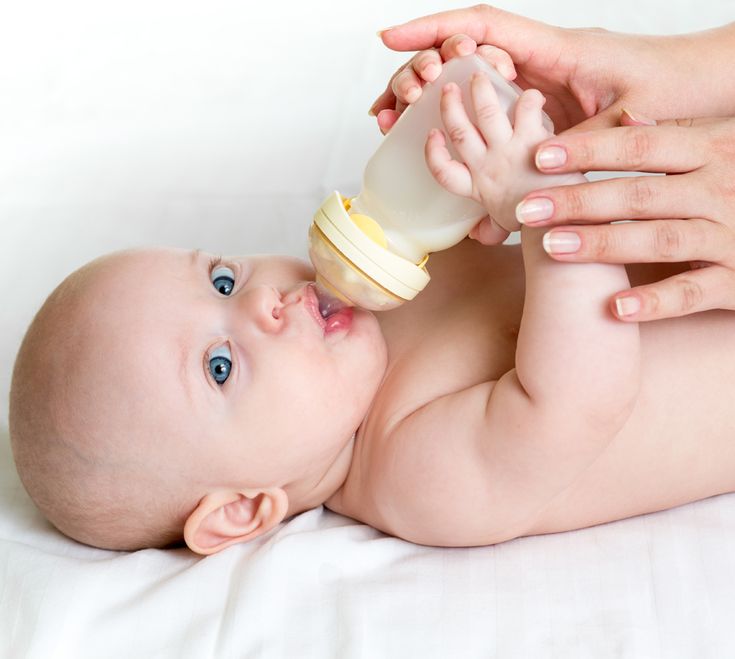 Fortunately, there are many foods that can supply the important nutrients that dairy provides, such as protein, calcium, magnesium, and vitamin D.18
Fortunately, there are many foods that can supply the important nutrients that dairy provides, such as protein, calcium, magnesium, and vitamin D.18
All whole fruits, vegetables, legumes, nuts, seeds, meat, poultry, fish, grains, and eggs are dairy free. When it comes to meeting your and your child’s nutritional needs, choose a variety of these non-dairy-containing foods.
Food sources of calcium: Fortified plant-based milk alternatives, fortified orange juice, canned sardines and salmon with bones, fortified dairy alternatives such as a non-dairy yogurt, tofu, soybeans, spinach, kale.19
Read more: Why Calcium Matters for Babies, Tots, and Mama
Food sources of vitamin D: Salmon, fortified plant-based milk alternatives, fortified cereals, egg, canned light tuna, portabella mushrooms – but most importantly: sunlight!20
Read more: Why Vitamin D Matters for Babies, Tots, and Mama
Food sources of protein: Fish, poultry, meat, beans, legumes, peas, nuts, seeds, tofu, eggs, whole grains.
Read more: Protein: Getting Enough and the Best Sources
Second: Look for dairy alternativesThere are many non-dairy substitutes on the market, such as coconut yogurt, plant-based milk alternatives such as almond- and oatmilk; and even vegan dairy-free butter! These allow you to still cook and bake dairy-free with ease, as well as enjoy dairy-like foods in your day.
If you are choosing a plant-based milk alternative, look for ones that are fortified with calcium and vitamin D.
Read more: What Type of Milk Should my Toddler Drink?
Reach out to your child’s healthcare providerIf you suspect that your child has lactose intolerance or a cow’s milk protein allergy, call their healthcare provider immediately. They can make sure you and your little one are getting the support you need and help you make informed decisions for moving forward. They may also recommend further testing or recommend your child be seen by an allergist.
Remember that if your baby does not have an allergy to milk protein, that lactose intolerance in babies is not very common. Check in with a lactation consultant to help determine if what your baby is experiencing may be lactose overload, and what to do if it is.
Let's Chat!We know parenting often means sleepless nights, stressful days, and countless questions and confusion, and we want to support you in your feeding journey and beyond.
Our Happy Baby Experts are a team of lactation consultants and registered dietitians certified in infant and maternal nutrition – and they’re all moms, too, which means they’ve been there and seen that. They’re here to help on our free, live chat platform Monday - Friday 8am - 6pm (ET).Chat Now!
Read more about the experts that help write our content!
For more on this topic, check out the following articles and recipes:Nutrients to look for at 6-12 months
Guidance when raising a child with food allergies
Introducing Major Allergens to your Infant
Does my Child Have a Food Allergy or a Food Intolerance?
Sources
Dairy-free menu for a child from 2 to 5 years old - 12 answers
Although, probably, it will suit any age)
At 2 years old, we got to a normal allergist.
Here I described in detail what we took and found the cause of our allergy - casein.
i.e. no dairy products of any kind.
As a result, now the child is 6 years old, there have been no rashes since 2.5 years. Free consumption of dairy products from the age of 5.5 (does not like it very much, but eats milk porridges, glazed curds, cheesecakes, cookies with cottage cheese, pastries with butter, pancakes and borscht with sour cream).
I must say right away that we told the child: you can't eat dairy products, the doctor forbade you! And they did not give anything that was impossible !!! Absolutely nothing!! Never!
1. Baking. There were basically 3 options
Dairy-free biscuits
Very tasty biscuits!
1 st. l. sunflower oil
1.5 tbsp. spoons of sugar (less possible, no sugar at all)
1 egg (no egg, no protein or yolk, if allergic)
a glass of flour
a little bit of baking powder (optional)
bake in a hot oven for 5 minutes!
I made different versions: with berries, apples, salty, cinnamon, raisins.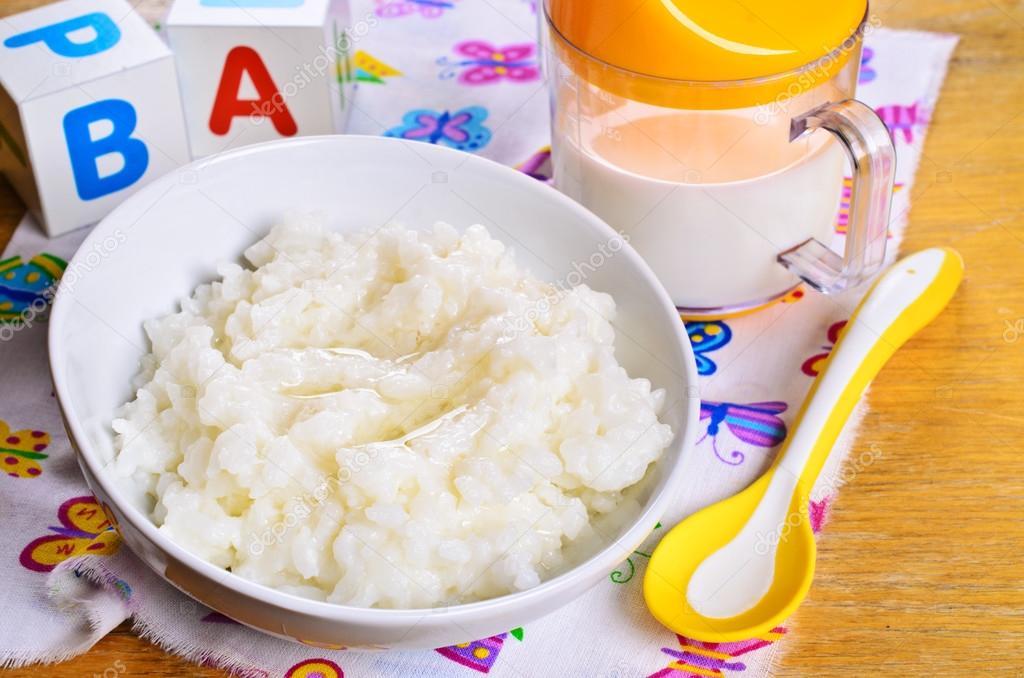
Dairy-free pies:
Pies were always berry (I froze a full freezer of berries in the summer) or fruit (less often)
They are all on vegetable oil with eggs (the child was not allergic to eggs)
For example:
- berries (nuts, fruits, cinnamon, raisins, dried apricots)
- 2 eggs
- 1 cup sugar
- 3/4 cup vegetable oil
- 1 tsp soda
- 2 cups flour
Sweets:
made like in our childhood sugar + water + lemon / berry (with a fun game) / jam and fire.
photo from the Internet, I think that the essence is clear))
Porridges:
remidia was eaten up to 3 years, or even longer (all types of cereals, except semolina)
After 2.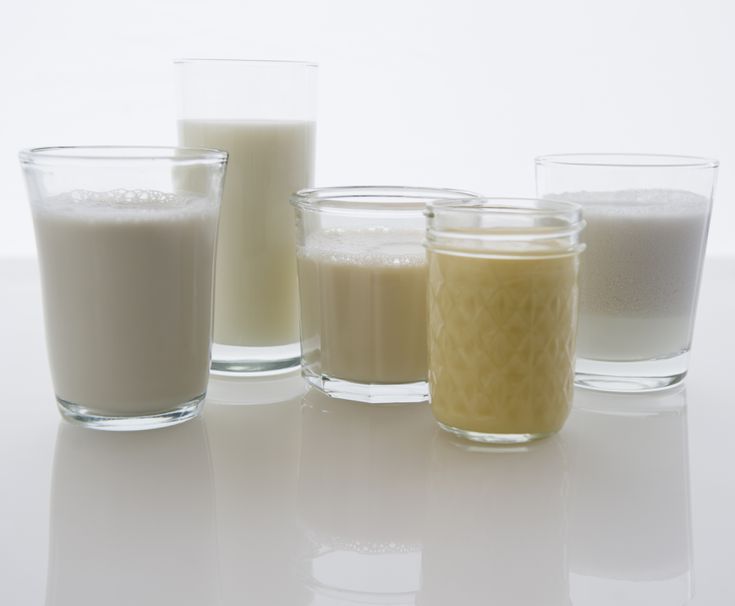 5 years, ordinary cereals were boiled on water, including those with the addition of dried fruits, berries and fruits (nuts were given to a very limited extent).
5 years, ordinary cereals were boiled on water, including those with the addition of dried fruits, berries and fruits (nuts were given to a very limited extent).
Vegetables:
Any in any form at any time of the day without restrictions!
Mostly broccoli, all types of cabbage (including Brussels sprouts, white cabbage, cauliflower), carrots, all types of beans (green, white, even grown their own), potatoes (soaked), beets, turnips, radishes, kohlrabi, cucumbers , tomatoes, peppers, all greens.
Meat:
The child was given only turkey and rabbit. We were not lazy and regularly went shopping at farmers' markets in the Moscow region (or even further)
We made the following dishes from meat:
Hedgehogs
lunch (minimum 4 hours), cook almost until cooked
3. mix 1 and 2 in a bowl, I don’t salt, but not essential
4. I throw the balls into boiling water + 2 leaves of lavrushka, with allergies, lavrushka is a thing!
5. 15 minutes and done!
15 minutes and done!
6. Often I cook vegetables for hedgehogs - broccoli, tsv. cabbage, Brussels sprouts
Dumplings:
Dough: Flour + egg + salt + 1 tbsp. a spoonful of sunflower oil + water for kneading
Minced meat: rabbit or turkey + some spices
Also in the diet were:
meatballs, meatballs, stew with potatoes.
Soups:
And we had one soup, only the set of vegetables was different)
any broth (on a rabbit, on a turkey, without meat) + broccoli, col. cabbage, onions, potatoes, carrots, Brussels sprouts, peas.
any broth (on a rabbit, on a turkey, without meat) + white cabbage, carrots, onions, potatoes
any broth (on a rabbit, on a turkey, without meat) + carrots, onions, potatoes, beets, beans
etc. etc. about! loved lentil soup very much (any broth + lentils + potatoes + carrots + onions + herbs + some olives + tomatoes)
Total it turns out
Breakfast: Remidia porridge/Silent porridge with dried fruits/eggs or egg + tea/compote with cookies, pie
Swifts: Fruits/Pechevka/liver
Dinner: Vegetable soup: vegetable soup + vegetable salad (according to the season, and which can be eaten without dressing or seasoned with olive/sunflower oil/lemon)
Afternoon snack: compote/tea/jelly + pie/fruits in different types/berries in summer/cereals/fritters on the water with fruit
Dinner: some meat. Hedgehogs, stew with potatoes, dumplings, meatballs with vegetables.
Hedgehogs, stew with potatoes, dumplings, meatballs with vegetables.
at night: Remidia (before 3 and 2 years old, I always ate from a bottle at night, we did not resist))
From a good now after such a diet)
The child eats all vegetables in any form. It's sooooo convenient!!!!
Health to you and your children!
Dairy-free diet for children and adults: principles of nutrition, allowed foods
Complain
updated
Content:
When you need a silence
Diet in acute intestinal infections
Diet
Diet for any intelligence diet for any intelligence for breastfeeding mothers
Dairy-free diet for children up to one year old
Dairy-free diet for children aged 1–2 years
Dairy-free diet for children aged 2–3 years
Prohibited foods
List of permitted foods
A dairy-free diet is the avoidance of dairy products for a certain period.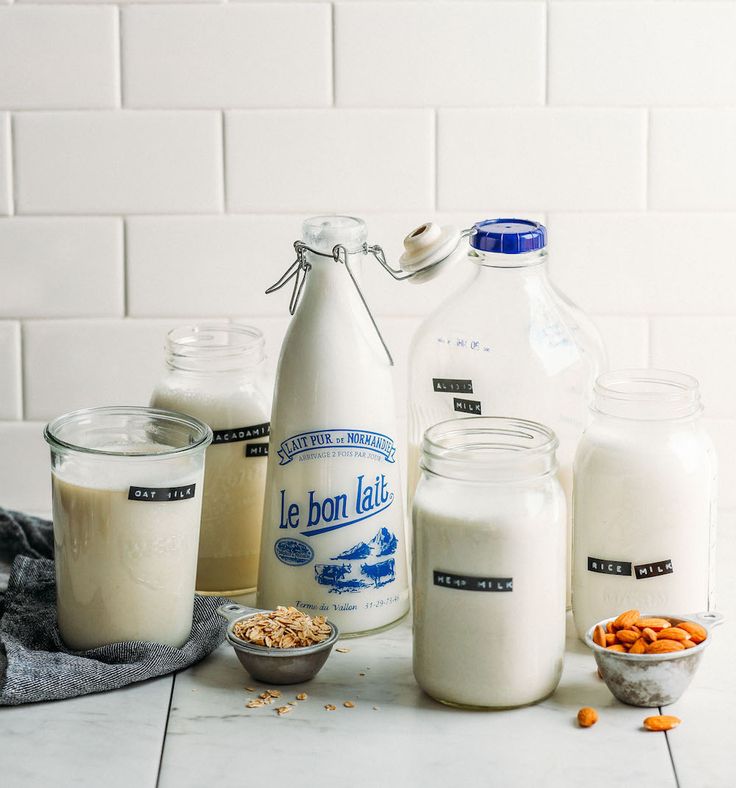 It can last from three days - for example, after poisoning, or temporary restrictions will be lifelong in case of lactose intolerance. A well-designed diet will help to maintain a diet without health consequences.
It can last from three days - for example, after poisoning, or temporary restrictions will be lifelong in case of lactose intolerance. A well-designed diet will help to maintain a diet without health consequences.
When you need a dairy-free diet
Refusal of dairy products can be voluntary, for example, with vegetarianism, and forced - with problems with the absorption of milk.
Dairy-free diet means avoiding all dairy products
Indications:
- acute intestinal infections;
- milk protein casein intolerance during breastfeeding;
- lactose intolerance;
- irritable bowel syndrome during periods of exacerbation.
Despite the fact that there are few indications, a large number of people of different ages face them. Sometimes a diet is recommended to patients in the stage of exacerbation of an infectious disease.
Diet for acute intestinal infections
Intestinal infections are especially common in children under three years of age due to the immaturity of the gastrointestinal tract. A common cause of infection - rotavirus, requires mandatory exclusion of milk until complete recovery.
A common cause of infection - rotavirus, requires mandatory exclusion of milk until complete recovery.
Salmonellosis and food poisoning are more common in adults. Dairy products are excluded for three days to unload the digestive tract.
Principles of nutrition for intestinal infections:
- exclude dairy products;
- in the first days you can not have any vegetables and fruits;
- can be boiled low-fiber vegetables from the third day;
- in the early days, the basis of nutrition is rice and rice water;
- two weeks sparing diet without spices, raw vegetables and fruits.
Method of cooking - stewing, boiling, steaming.
It is very important to drink plenty of water when you are sick. In addition to pure water, you can drink chamomile tea, raisin decoction, rehydration solutions from a pharmacy. Fruit and vegetable juices are strictly prohibited!
Diet for children with rotavirus
Diet plan for a small child with rotavirus infection:
- Day 1.
 Rice congee, boiled rice porridge without milk, sugar and salt.
Rice congee, boiled rice porridge without milk, sugar and salt. - Day 2. Add dried white bread, pita bread to the diet.
- Day 3. Add boiled buckwheat porridge in water.
- Day 4. We introduce soups with lean meat and cereals into the diet.
- Day 5–6. You can eat drying, lean cookies, baked apples.
- Day 7. You can try fermented milk products - fermented baked milk, thermostatic yogurt without additives.
Gradually switch to the usual diet. Dairy products are introduced a week after recovery.
Breastfeeding does not need to be stopped; if the baby is formula fed, you can switch to lactose-free products and soy milk formulas for a while. If the child already has a common table and can do without the mixture, it is better not to give it until the stool normalizes.
Consultation of a pediatrician is obligatory for any intestinal infectious disease.
Adult diet for any intestinal infection
Diet for poisoning and intestinal infections for adults and children over 6 years old:
- Day 1.
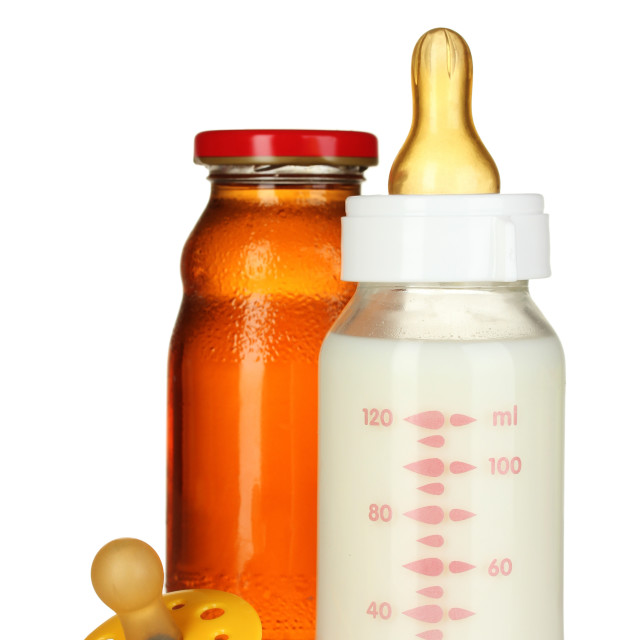 Only rice water.
Only rice water. - Day 2. Rice porridge, white bread crackers.
- Day 3–5. Dairy-free cereals, pasta, poultry meat, natural yoghurts.
- Day 6–7. Soups in vegetable broth, without cabbage and legumes, with lean meat, baked apples, bananas.
Gradually familiar products are also added. Milk and its derivatives are introduced after the normalization of the stool, but not earlier than three days after the onset of the disease. Such a diet, but less strict, can be followed for infectious diseases.
Dairy-free diet for breastfeeding mothers
Allergy to the milk protein casein is a condition in newborns that is manifested by skin rashes, problems with stool and bloating. Allergies must be confirmed by laboratory tests and a pediatrician. Most often in a child, it passes on its own by the age of three to five years.
While such a baby is breastfed, the mother is forced to follow a diet that excludes milk. This diet has certain features, because a woman especially needs a complete diet.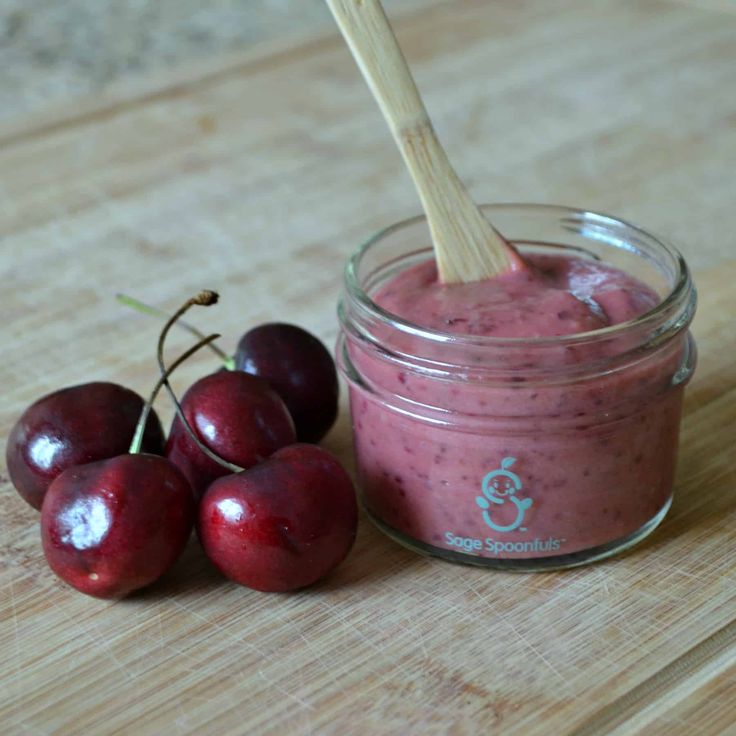
Features of the diet of lactating women:
- energy value of the diet 2000–2200 calories;
- not less than 1 g of fat per 1 kg of body weight;
- adequate fluid intake - up to 2.5 liters per day;
- variety of products;
- enough fresh vegetables and fruits;
- Vitamin D supplement 6400 IU per day.
Restriction in dairy products is a serious dietary change, so it is important to ensure that a woman receives all the necessary macro and micronutrients.
Since the diet should be varied, consider the principles of compiling the menu for the week:
- exclusion of all dairy products, including yogurt, cottage cheese, kefir;
- portion of meat five times a week;
- portion of fish twice a week;
- at least three types of cereals;
- daily portion of fresh vegetables, at least five types of vegetables per week;
- at least one fruit daily, at least three types of fruit per week;
- Enough healthy fats – daily nuts, avocados, or olive/flaxseed oil.

Thanks to this diet, the absence of dairy products will not adversely affect the health of a woman.
Sample menu for the day:
- Oatmeal with dried fruits and nuts.
- Banana.
- Soup with turkey meat and vegetables + tea with dryers or marshmallows.
- Fruit and berry jelly.
- Steamed buckwheat with fish + green vegetable salad with olive oil.
- A glass of oat or soy milk.
The menu should be based on taste preferences and consist of allowed products.
Milk-free diet for a child up to a year
A dairy-free diet is necessary for babies with lactose intolerance or allergy to the milk protein casein. In both cases, dairy products, including sour-milk, should be excluded. These conditions may resolve on their own by 3 to 5 years of age. Lactose intolerance can persist for life.
If you are breastfeeding, don't stop! To correct lactose intolerance, the pediatrician will prescribe special drugs, and if the mother is allergic to casein, it is enough to follow a dairy-free diet.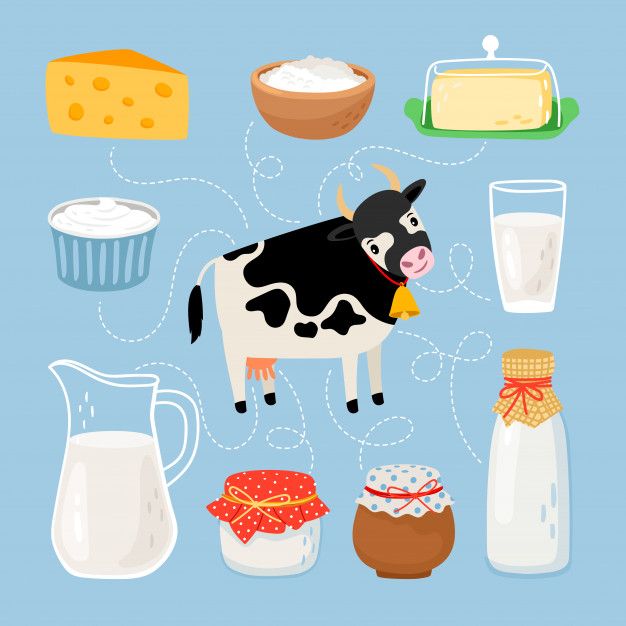
If you are allergic to protein in cow's milk, you need to choose the right formula for your baby
A child under one year old only gets acquainted with the variety of food. The basis of his diet is mother's milk or a mixture. To feed children with an allergy to casein, special mixtures with protein hydrolyzate, mixtures with soy milk are used, in some cases mixtures with goat's milk are also suitable. For lactose intolerance, lactose-free mixtures are used.
Approximate scheme for introducing products:
- from 6 months: vegetable purees;
- from 7 months: dairy-free cereals;
- from 8 months: fruit purees;
- from 9 months: rabbit meat;
- from 10 months: turkey meat;
- from 11 months: vegetable soups with meat.
In children prone to allergies, complementary foods should be introduced very carefully - one food per week.
Dairy-free diet for children 1-2 years
Before the age of two, the child learns a variety of food and gradually prepares for the transition to a common table. Dishes become more complex, contain more components.
Dishes become more complex, contain more components.
When dieting without dairy products, it is important to monitor the amount of fat, calcium and take additional vitamin D.
Example of a daily diet:
- Porridge with water with a spoonful of olive or linseed oil.
- Formula or breastfeeding.
- Soup with previously introduced vegetables and meat.
- Fruit, lean biscuits.
- Vegetable puree.
- Formula or breast milk at bedtime.
The rule of gradual introduction of complementary foods for a child with allergies is still observed: no more than one new product per week.
Dairy-free diet at 2-3 years of age
From the age of two, the child eats close to the common table, but the food should still be without spices, mushrooms, and a lot of salt.
Pediatricians recommend trying dairy products around three years of age, starting with cottage cheese or yogurt. If there is no reaction, then gradually increase the amount of the product.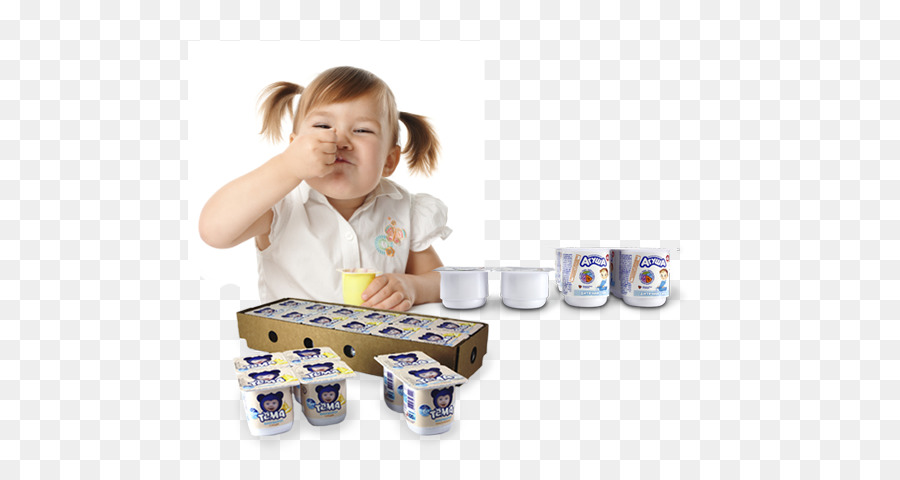 Whole milk can not be up to three years, and if intolerance does not pass - for life.
Whole milk can not be up to three years, and if intolerance does not pass - for life.
Example of a daily diet:
- Porridge with vegetable oil and fruit.
- A handful of fresh berries.
- Formula or breast milk.
- Vegetable soup.
- Lean biscuit or bagel compote.
- Steamed meat or fish puree.
Allowed foods are important to alternate during the week. It is necessary to continue taking vitamin D, calcium according to indications.
Prohibited foods
To feel good on a diet, it is enough for a person to know the list of prohibited foods and take a multivitamin complex.
Not allowed:
- milk;
- butter and cream, sour cream;
- fermented milk products: fermented baked milk, kefir, koumiss, ayran, yogurt, etc.;
- cottage cheese;
- baked goods containing milk: cakes, some biscuits, cakes, pies;
- milk chocolate and sweets.
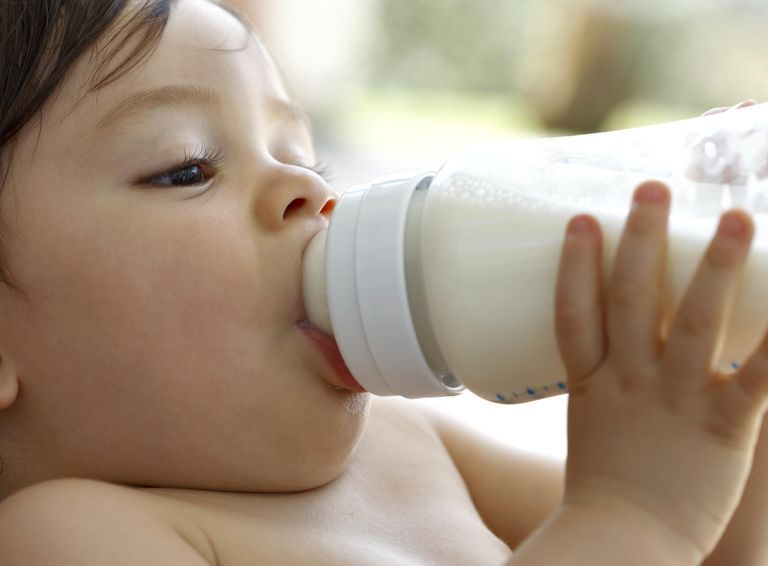
Always check the ingredients of purchased products. In the presence of milk and its derivatives, these products are prohibited for you.
List of approved products
This list is very wide, you can make a great menu for every day from it - finding recipes without milk is not a problem. With any diet, it is better to think over meals in advance: it is easier to balance all the nutrients and vitamins.
Permitted products:
- cereals;
- pasta;
- meat and poultry;
- fish;
- vegetables;
- fruits;
- coconut, almond, soy, oat milk;
- nuts;
- mushrooms;
- seafood;
If there are contraindications to drinking milk, choose products from this list.
For many people, dairy products make up the majority of their diet, but this does not mean that the quality of life will decline without milk. Contraindications to the use of milk are just an excuse to reconsider and diversify your diet a little.

